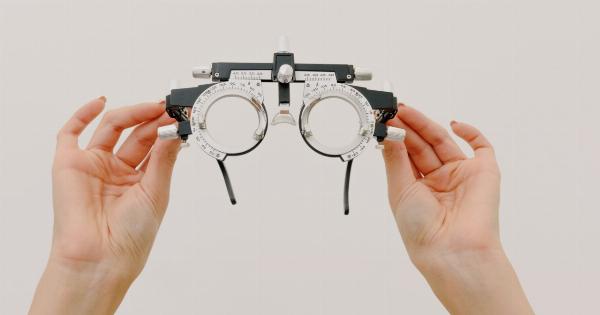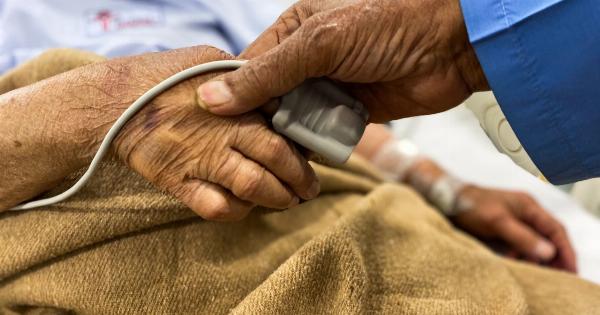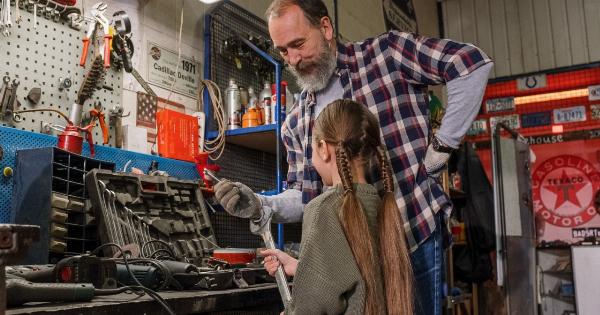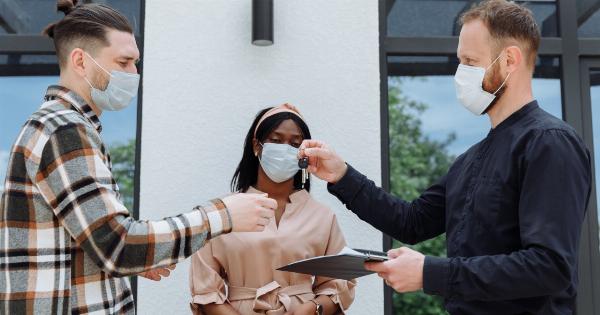When a young girl reaches puberty, her reproductive organs should begin to develop and prepare for potential pregnancy in the future.
However, for some girls, a condition called vaginal and uterine aplasia can occur, which means that the uterus and vagina do not fully form. This condition may also be called Mayer-Rokitansky-Kuster-Hauser (MRKH) syndrome. It can be a difficult diagnosis for young girls to understand, and it often leaves them feeling alone and different from their peers.
Fortunately, advances in medical technology have made it possible for young girls with vaginal and uterine aplasia to have surgery to improve their condition.
Experts in the field have been pioneering new surgical techniques that can help young girls with this condition to have the opportunity to have a more normal life. Below are some of the leading approaches and techniques for treating vaginal and uterine aplasia.
Traditional Treatments for Vaginal and Uterine Aplasia
In the past, the only real treatments for vaginal and uterine aplasia were psychological therapies to help girls cope with their condition.
There were no surgical options available, and many young girls felt that they had to keep their condition a secret, which often led to feelings of shame and embarrassment. While psychological therapies can help young girls cope with their condition, they do little to address the physical challenges that come with uterine and vaginal aplasia.
The Development of New Surgical Techniques
Today, a growing number of surgeons are developing new surgical techniques to address vaginal and uterine aplasia. These surgeons are using cutting-edge surgical techniques to create a neovagina, which is a new vaginal canal that is surgically created.
This method has proven to be very effective in treating women with vaginal and uterine aplasia, and it has been used successfully in a growing number of cases.
Vaginoplasty
Vaginoplasty is a surgical procedure that involves creating a new vaginal canal using tissue from the patient’s own body. The surgery is typically performed on an outpatient basis, and patients are able to return home the same day.
The neovagina is created using tissue from the patient’s own body, typically from the inside of the cheek or the lower part of the abdomen. The tissue is then used to create a neovagina that is very similar in appearance and function to a natural vagina. Vaginoplasty is a highly successful procedure, and it has a very low risk of complications.
Uterine Transplants
Another surgical technique that has been developed in recent years is uterine transplantation. This procedure involves transplanting a uterus from a donor into a patient with uterine aplasia.
The process is incredibly complex and requires a team of skilled surgeons and medical professionals to perform. Uterine transplantation is still a relatively new procedure, and it is not yet widely available.
However, it has been used successfully in a number of cases, and it is a promising treatment option for women with uterine aplasia who want to have children.
The Importance of Early Diagnosis and Treatment
While surgical techniques have become more advanced in recent years, early diagnosis and treatment for vaginal and uterine aplasia is still critical.
The earlier the condition is diagnosed, the earlier treatment can begin, and the more successful the outcome is likely to be. Parents and healthcare providers should be aware of the signs and symptoms of vaginal and uterine aplasia, which may include a lack of menstruation or the presence of a short vaginal canal.
With early diagnosis and treatment, young girls with vaginal and uterine aplasia can successfully overcome their condition and lead happy, healthy lives.
By using cutting-edge surgical techniques, and innovative approaches to care, doctors and surgeons are helping to give these young girls the chance to fulfill their dreams and live the lives they envision for themselves.































